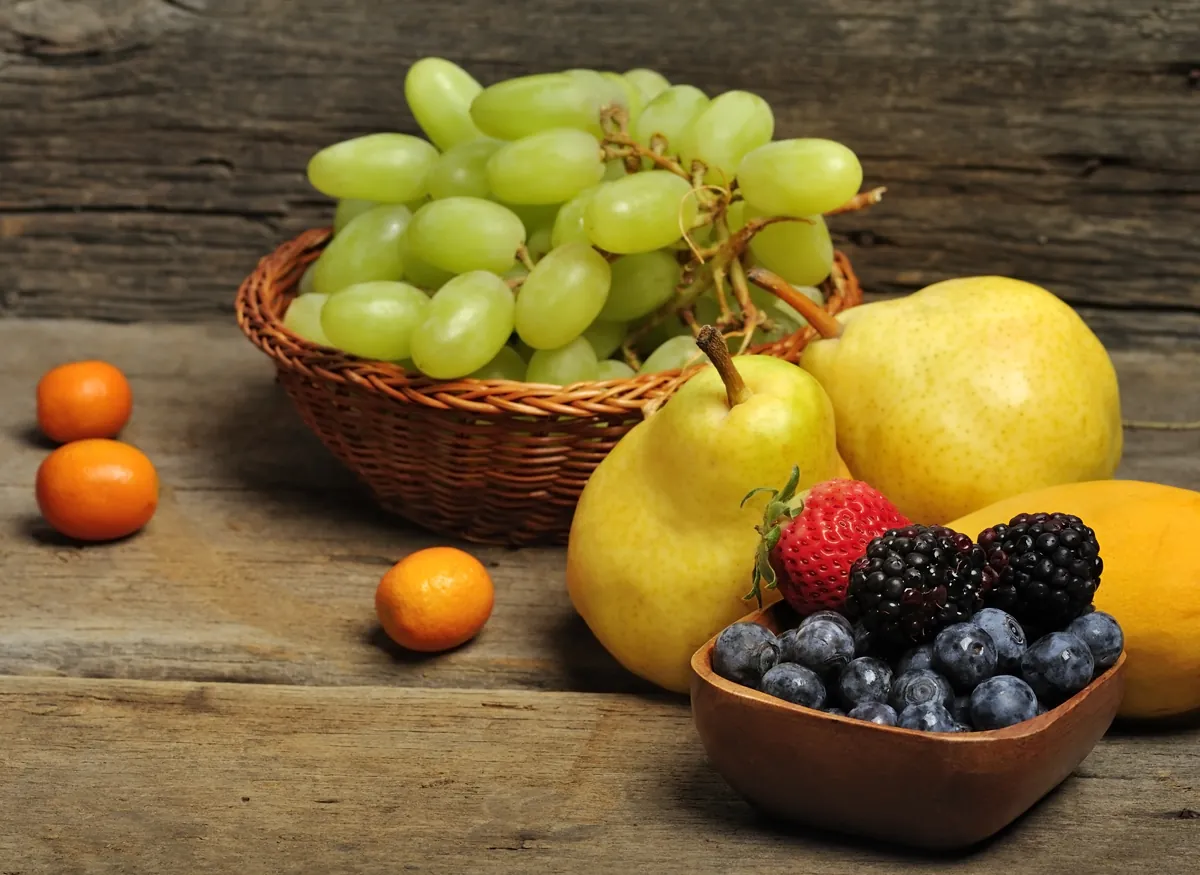Blog
Easy Steps to Keeping Produce Fresher
By Laura Slatalla, Recent ASU Nutrition Communication Student
In the United States, 30 to 40 percent of the food supply is wasted, equaling more than 20 pounds of food per person per month. One of the most common foods wasted, despite how nutritionally important, is produce.

Wasting fruit and veggies is a bummer, but we can do our best to keep them fresh, cutting down on food waste and keeping our meals tasting fresh and delicious. Here’s a few tips to keep your home stocked with crisp and colorful produce.
- Have a plan for your fruits and veggies. Sometimes vegetables are bought with good intentions, but if they aren’t going to be incorporated into a recipe or used as snacks, they might go bad.
- Learn how to use the crisper bins in the refrigerator. They are either high or low humidity drawers. The higher humidity is for leafy greens, strawberries, and most other vegetables. The lower humidity is for apples, avocados, and other fruits.
- Avoid placing produce in the door of the fridge. The temperature fluctuates more as the door is opened a closed, making the items in the door more susceptible to spoiling.
- Keep onions and potatoes in the pantry. They need to be stored in a cool and dark area. Bins on the bottom shelf of the pantry work great as long as it’s not too close to the oven.
- Use cool water or a bowl of iced water to rinse leafy greens, celery, and herbs before preparing. They’ll be crisper and refreshed.
- Most produce can be stored in the fridge, but a few cannot. Bananas, tomatoes, and potatoes should not be put in the refrigerator.
- Most fruits, like peaches, should ripen on the counter before being cooled. They may not ripen properly if they are put in the fridge too early.
- Use a little lemon juice on cut produce to prevent it from turning brown. Always refrigerate produce that has broken skin or has been cut.
- Try to keep produce items to a minimum. Having too many items crammed together decreases air circulation and makes produce go bad quicker.
- If you realize that something won’t be used quickly enough, then freeze it for a later date. Frozen fruits go great in smoothies and frozen veggies make easy dinner sides. They can be steamed from their frozen state or cooked before freezing.
Though food waste is a major concern today, we can at least do our part to make a difference. The one strategy that works the best is shopping for food with a plan and then sticking to the plan. The foods you’ve purchased will then be prepared and eaten. Enjoy!
Remember to go to Fill Your Plate to search for recipes, other articles about nutrition and to find out what’s in season
















